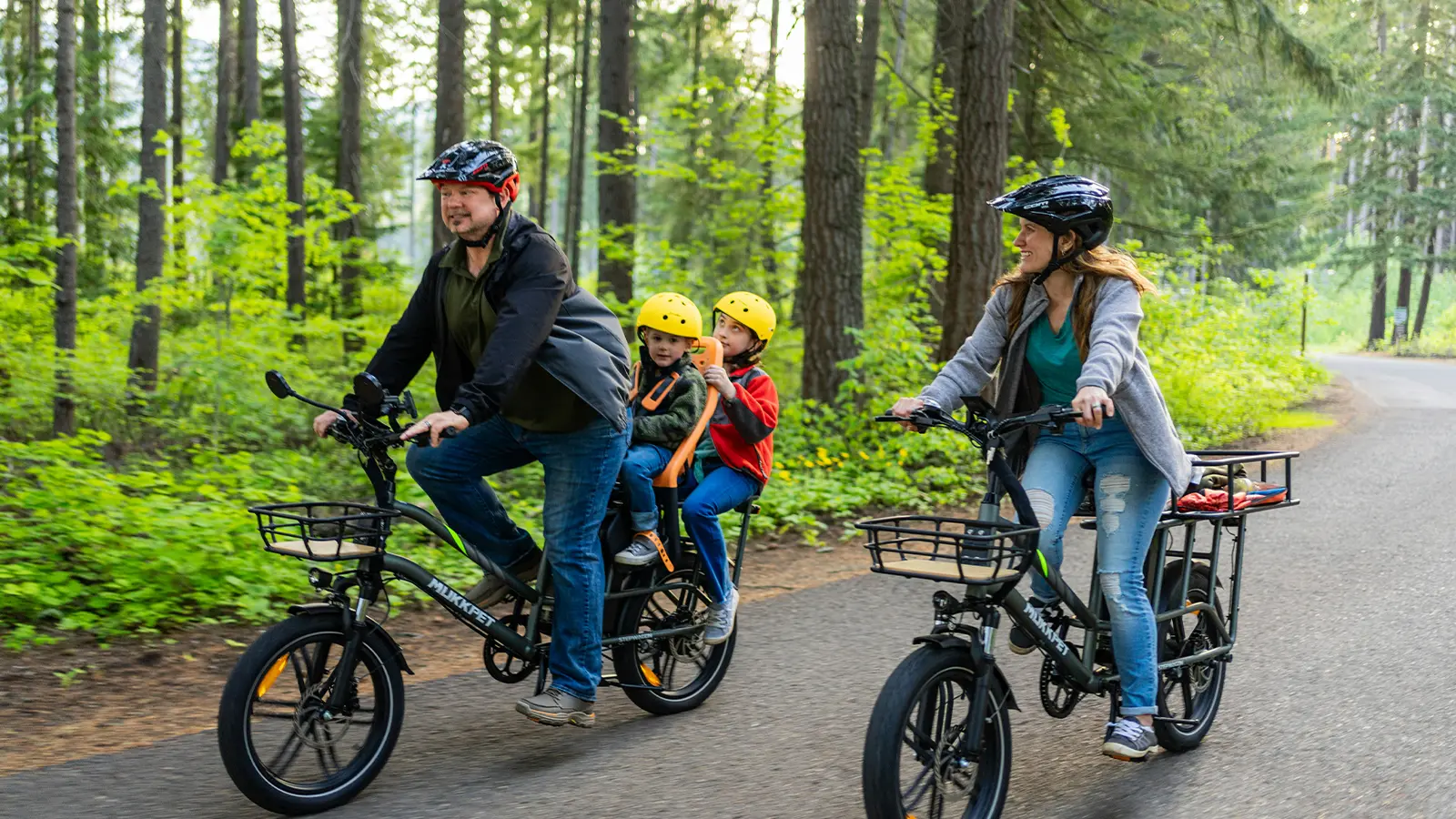Which Is Best for You?
Choosing the right way to get around isn’t always simple. Between cars, public transit, scooters, electric motorcycles and e-bikes, today’s commuters have more options than ever. Each comes with its own strengths and trade-offs, but if you’re looking for a practical, affordable, and fun alternative, e-bikes deserve serious consideration.
Let’s break down how e-bikes compare to other forms of transportation across key categories.
Cost of Ownership
e-Bikes
- Initial cost: $1,000–$3,500 for most consumer models
- Charging: Typically costs less than $0.10 per charge
- Maintenance: Minimal; tire replacements, brakes, and occasional tune-ups
- Insurance: Optional or very low-cost
Cars
- Initial cost: $25,000+ for new vehicles
- Fuel or charging: $100+ per month on gas or public charging
- Maintenance: High (oil changes, inspections, tires, repairs)
- Insurance: Often $1,000+ annually
Public Transit
- Monthly pass: $60–$130 depending on city
- No ownership or maintenance costs
- Schedules and delays may reduce efficiency
Scooters
- Initial cost: $400–$1,000 for a personal scooter
- Charging: Low cost, but limited battery capacity
- Shared scooters: Rental costs can add up for regular users
Electric Motorcycles
- Initial cost: $7,000–$25,000 for a new electric motorcycle
- Charging: Low cost, but limited battery capacity
- Maintenance: Minimal; tire replacements, brakes, and occasional tune-ups
- Insurance: Often $800+ annually
Bottom Line: e-bikes offer one of the lowest total costs of ownership, especially for short or moderate daily travel.
Travel Speed and Flexibility
Different transportation modes offer varying speeds and levels of flexibility. Here's how they compare in typical urban environments:
- e-Bike:
- Average speed: 15 to 20 mph
- Route flexibility: High
- Notes: Great for short to mid-range trips; often faster than cars in traffic
- Car:
- Average speed: 20 to 25 mph
- Route flexibility: High
- Notes: Can be delayed by congestion, stoplights, and parking
- Public transit:
- Average speed: 10 to 20 mph
- Route flexibility: Fixed
- Notes: Dependent on scheduled stops, lines, and transfers
- Scooter:
- Average speed: 10 to 15 mph
- Route flexibility: Moderate
- Notes: Ideal for very short trips; easy to park and maneuver
- Motorcycle:
- Average speed: 30 to 60 mph
- Route flexibility: High
- Notes: Best for short to mid-range trips; offers fast travel on open roads
In many cities, e-bikes can outperform cars during peak traffic hours and provide more direct routes than public transportation. They offer a flexible, efficient option for everyday mobility.

Convenience and Parking
e-Bikes
- Easy to park or bring indoors
- Can use bike lanes and some trails
- Great for avoiding traffic congestion
Cars
- Parking can be expensive and limited in urban areas
- Requires more space and planning
Public Transit
- No parking needed, but you must walk to stops
- Delays or service interruptions are common
Scooters
- Lightweight and portable
- Some restrictions on sidewalk or road use
Electric Motorcycles
- Heavy yet a target for theft
- Excellent for splitting lanes and avoiding traffic
Bonus: e-bikes are typically allowed on public transit during off-peak hours or with folding models.
Sustainability and Emissions
- e-Bikes: Zero emissions during use, extremely energy-efficient
- Cars: Highest emissions, even for hybrids and plug-ins
- Public Transit: Low emissions per rider, but depends on system efficiency
- Scooters: Low emissions, but short lifespan of rental units can reduce environmental benefits
- Electric Motorcycles: Low emissions but fairly expensive
According to the U.S. Department of Energy, e-bikes are among the most energy-efficient vehicles per mile, even compared to electric cars.
Versatility and Use Cases
Different transportation needs call for different solutions. Here's a breakdown of which option works best depending on the activity:
- Daily commuting:
- Best option: e-Bike or public transit
- Why it works: Low cost and reduced stress compared to driving
- Running errands in the city:
- Best option: e-Bike
- Why it works: Easy parking and cargo-friendly designs make quick stops simple
- Long-distance travel:
- Best option: Car
- Why it works: Offers comfort and space for passengers, luggage, or gear
- First and last mile connections:
- Best option: Scooter or e-bike
- Why it works: Complements buses or trains by bridging the gap to your destination
- Recreational use:
- Best option: e-Bike
- Why it works: Ideal for fitness, scenic rides, and weekend adventures
e-Bikes offer more flexibility than scooters and don’t rely on fixed schedules like public transit. They’re ready when you are and can easily adapt to your daily routine or spontaneous plans.
Final Thoughts
There’s no one-size-fits-all solution for modern transportation, but e-bikes check more boxes than most people expect. Whether you’re looking to replace a second car, cut your commuting costs, or simply enjoy the outdoors more often, an e-bike offers flexibility, freedom, and fun.
Keep Pedaling Through e-Bike Essentials
See more from our e-Bike guide series:
← Go Back: e-Bike Safety Tips for New Riders
Discover Next: Family-Friendly e-Bikes: What Parents Should Know →












